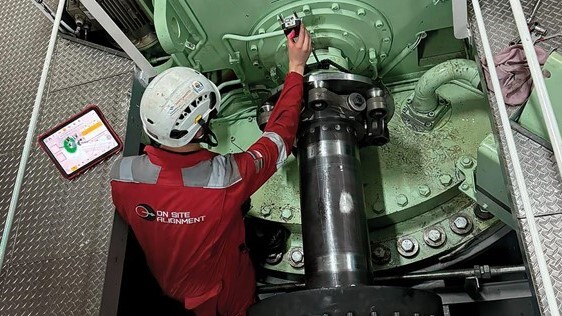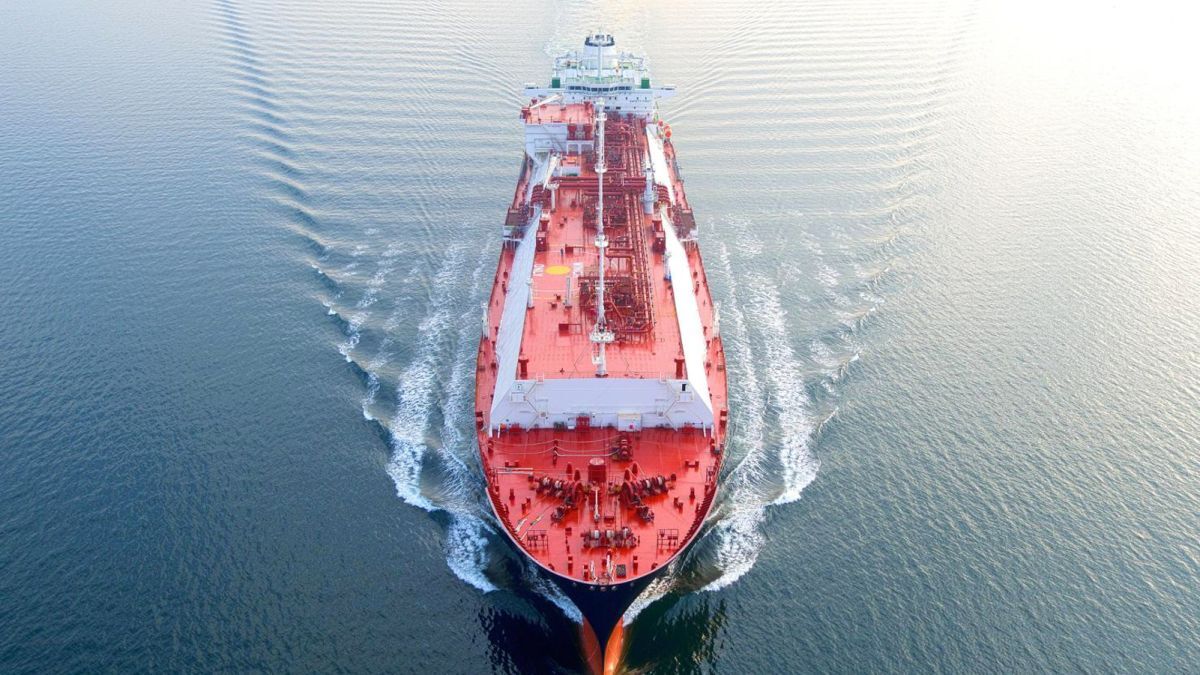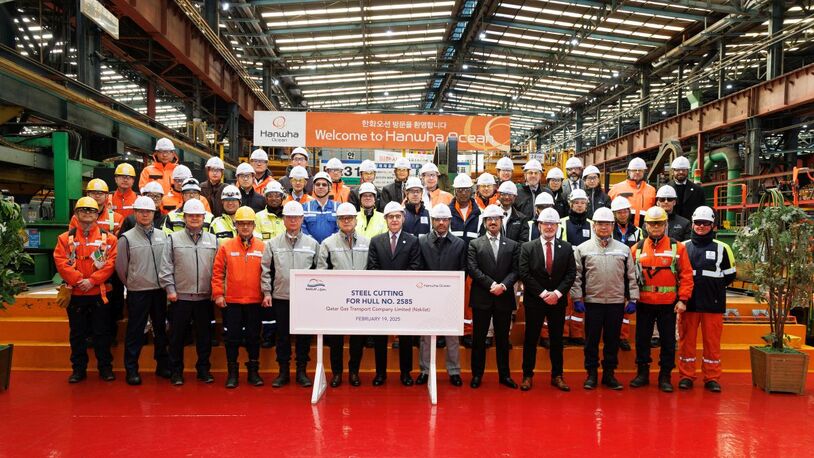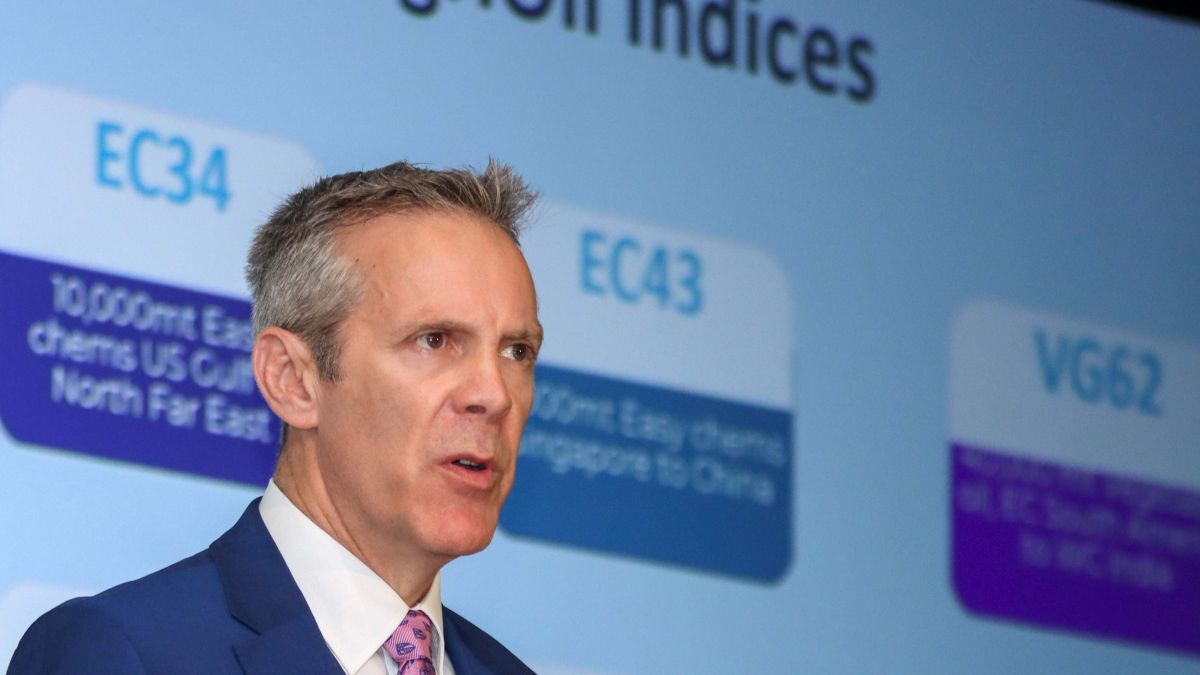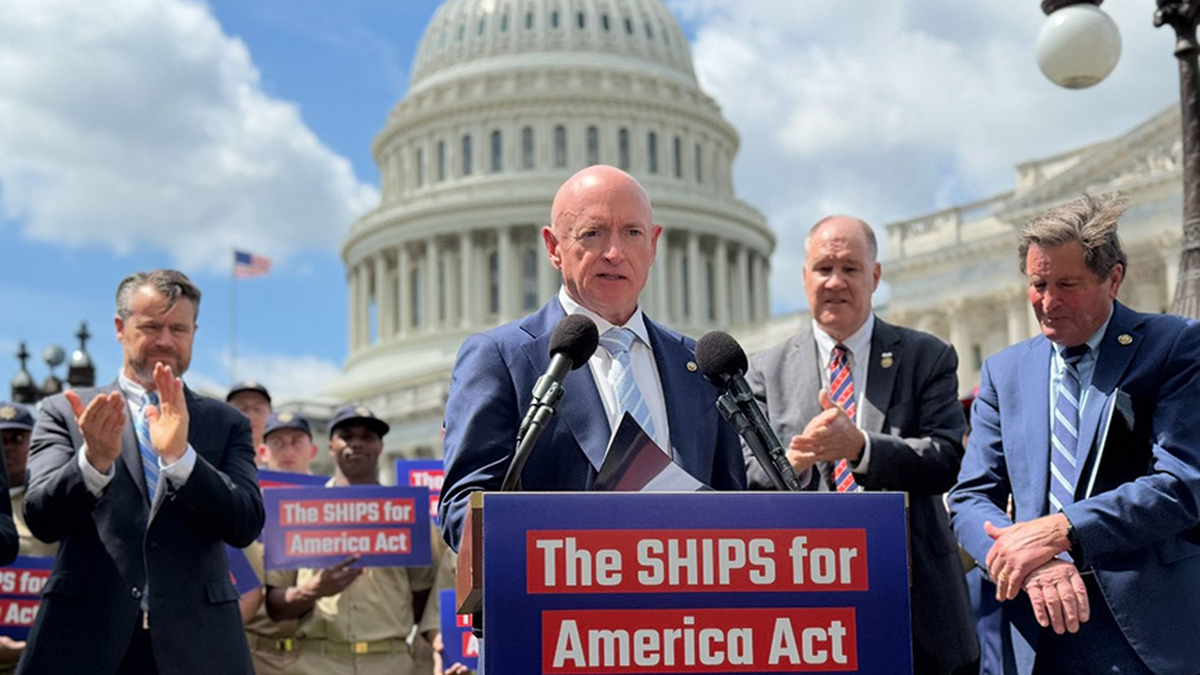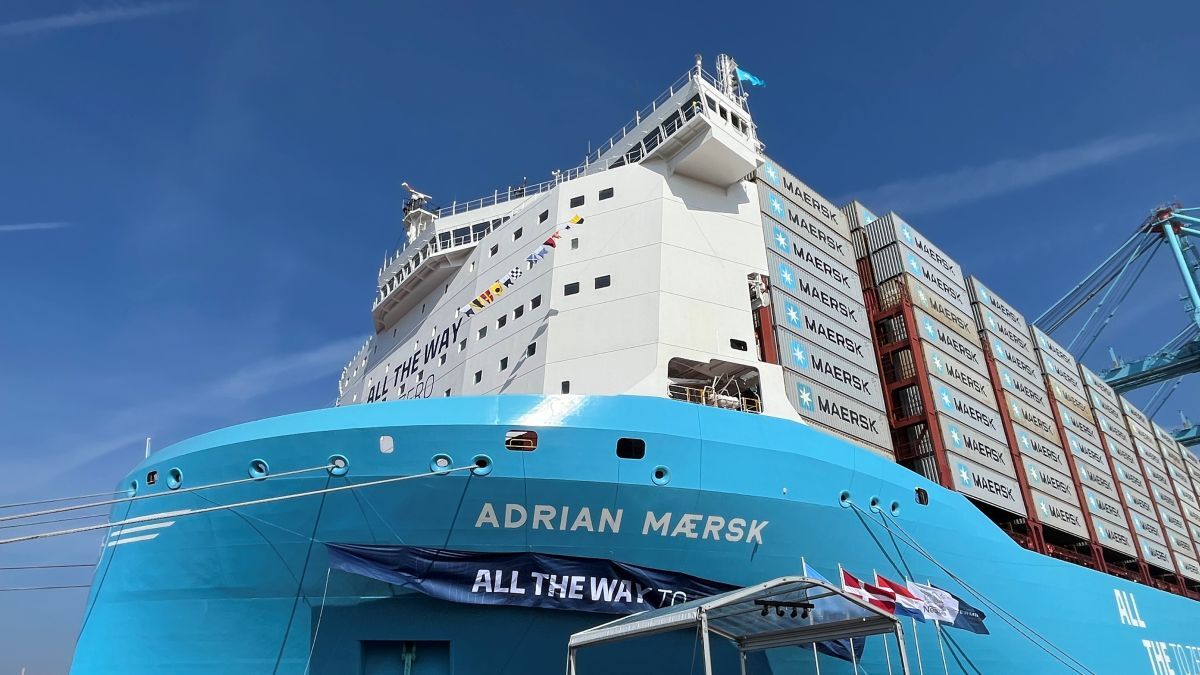Business Sectors
Events
Contents
Register to read more articles.
EEXI, CII will have ‘detrimental effect’ on LNG carrier fleet
About one-third of the current LNG carrier fleet could face lay-up or scrapping by 2023 as a result of the recently approved IMO environmental regulations
Compliance with IMO’s short-term greenhouse gas emissions (GHG) reduction measures will have a “detrimental effect” on the LNG carrier fleet starting in 2023, says a UK ship broker.
Gibson Brokers says IMO’s Energy Efficiency Existing Ship Index (EEXI) and Carbon Intensity Indicator (CII) will force owners to “spend additional sums of capital to bring their vessel up to spec, or the vessel will be laid-up or scrapped.”
EEXI measures the technical efficiency of ships, while CII helps owners measure the actual annual CO2 emissions emitted during the operation of a ship against a required annual operational CII, to ensure their continuous progress on the decarbonisation path.
From 2023, the CII requirements will take effect for all internationally trading cargo, ropax and cruise vessels above 5,000 gt.
Explains DNV, the CII measures how efficiently a ship transports goods or passengers and is given in grams of CO2 emitted per cargo-carrying capacity and nautical mile. The ship is then given an annual rating ranging from A to E, whereby the rating thresholds will become increasingly stringent towards 2030.
While the EEXI is a one-time certification targeting design parameters, the CII addresses the actual emissions in operation. EEXI addresses the technical efficiency of ships and CII provides a rating scheme addressing the ship’s operational efficiency.
The regulations may sound the death knell for older, less efficient steam turbine-driven ships, which make up about one third of the LNG fleet. Owners “will find it difficult to justify significant amounts of capital expenditure to enable them to meet new requirements,” says Gibson. The broker estimates these ships account for 240 vessels of which approximately 50 were delivered before 2000.
“Upon enforcement, EEXI regulations will require steam turbine LNG carriers to comply with a 30% reduction rate applicable to the EEDI reference line of this ship category,” points out ABS senior engineer for sustainability Maria Polakis. “To achieve this, a large reduction of shaft power may be needed. Considering the steam turbine plant’s design and operation, the need for cargo conditioning during voyages and fleet speed requirements, such as a decrease to the shaft power output, will lower the vessel’s in-service efficiency. This lower efficiency could result in longer voyages and potential underutilisation of boil-off gas used for propulsion,” she adds.
“Owners will find it difficult to justify significant amounts of capital expenditure to enable them to meet new requirements”
While Golar LNG says the most viable compliance option for steam turbine carriers is to “slow down”, some of these ships “may not be viable to trade at all.” The steam turbine LNG fleet numbers about 254 out of the 607 LNG carriers on the water, estimates Golar LNG.
The regulations are challenging for dual-fuel, diesel-electric LNG carriers, too, depending on whether they are operating on fuel oil or boil-off gas.
Only new LNG carriers equipped with dual-fuel, two-stroke propulsion have the best chance of complying under the EEXI and CII in the short and long term without additional aid, says Gibson. Recent orders for LNG carrier newbuilds are almost exclusively powered by dual-fuel, two-stroke engines from WinGD (X-DF, Otto-cycle) or MAN (ME-GI Diesel-cycle or the recently introduced ME-GA Otto-cycle).
| Gas carrier newbuild orders, YTD | ||
| (includes LNG carriers, LPG and other gas carriers) | ||
| Year | # of ships | Value in US$ Bn |
| 2019 | 80 | US$5.195 |
| 2020 | 72 | US$4.806 |
| 2021 | 131 | US$11.654 |
| Source: VesselsValue as of 1 October 2021 | ||
This year, 67 LNG carriers have been ordered with a total capacity of 9,801,262 m3, bringing the global orderbook to 201 vessels with an aggregate capacity of 29,835,952 m3, according to data released by BRL Weekly Newbuilding Contracts.
Overall, orders for gas carriers including those in the LPG and multi-gas trades, have been placed at a brisk pace this year, according to data from ship valuation firm VesselsValue. 131 gas carriers valued at US$11.65Bn have been ordered in 2021 year-to-date, compared with 72 and 80 vessels, respectively in 2020 and 2019.
With South Korean and Chinese shipyards busy with significant ordering activity from other sectors — there are about 500 container ships that have been contracted — slots for LNG carriers are at a premium. Steel prices, too, are elevated. This has led to a rise in newbuilding prices. Shipyards are quoting US$207M for 170,000-m3 ME-GI-propelled LNG newbuildings, according to Fearnleys. Last year the broker’s reported price for the same class of carrier was US$189M.
Skyrocketing spot rates
While LNG carrier owners will be forced by regulations into making tough investment decisions, they are currently benefiting from rising natural gas prices and regional pricing differences. Tight LNG carrier supply has sent spot rates skyrocketing as charterers look to fill the needs of desperate LNG buyers in Asia and Europe amid the global energy crisis.
On 14 October, Golar LNG reported signing a one-year, fixed time charter for an undisclosed LNG carrier at a rate of US$100,000 per day, which will generate about $36.5M of revenue for the contract period.
“The most viable compliance option for steam turbine carriers is to slow down”
This pricing was similar to spot charter rates reported of US$100,000-US$110,000 per day for 160,000-m3 tri-fuel diesel-electric (TFDE) LNG carriers, depending on the basin, reported by Potent & Partners as of 8 October. This is US$35,000-US$45,000 higher than one month ago, when the same class LNG carriers were available at spot rates of US$65,000 per day.
As a result of this surge in daily spot rates, the average rate for October for a TFDE 160,000-m3 LNG carrier vessel in the west basin is US$95,000, about $18,000 higher per day than the average for 2021.
And the outlook for shipping rates remains positive. In securing the one-year fixture, Golar LNG notes, “The seasonal and cyclical strength of the LNG carrier segment remains encouraging. Increasing price arbitrages between LNG trading basins is driving up LNG freight rates in the short term. Increasing demand for LNG freight together with new environmental regulations impacting effective supply of LNG carriers from 2023 add support to the medium and long-term outlook. Charterers are increasingly looking for longer term charters to secure shipping availability.”
Related to this Story
Events
Maritime Environmental Protection Webinar Week
The illusion of safety: what we're getting wrong about crews, tech, and fatigue
Responsible Ship Recycling Forum 2025
© 2024 Riviera Maritime Media Ltd.

